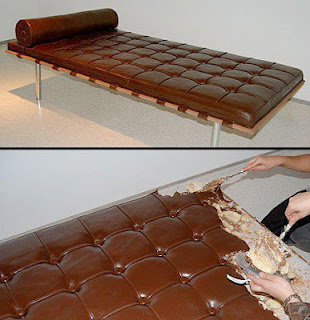Harmony, proportion and safety are in different ways applicable to other creative practitioners. In architecture, for example, harmony of the 'architectural intervention' with the existing fabric of the city must be maintained. Proportion of the spaces and how the building sits on the site a huge factor in urban design and safety for those who use the creative product is guarded by a tome of building standards.
The tricky thing about Dr Lanfranchi's form of art is that he is modifying the human body itself. Whereas a field such as fashion works with the body, plastic surgeons work on the body. We know the human body intimately - the human figure has been studied intensely from every angle, from medical anatomy to Da Vinci's detailed studies. The difficulty is in the involvement of a unique individual:
So does medicine carry the ultimate burden of the creative? It works with the most fundamental building block of humanity - the body and in doing so, the mind. Nor is it sheer creation but working with the framework that already exists. I was surprised at how similar the issues that a plastic surgeon has to deal with are to the other creative arts - so vastly different but with the same undercurrents that we can all learn from.Even if these three fundamental concepts represent the meeting point between a plastic surgeon, an architect, a designer, and a musician, we rarely strike 1 + 1 = 2 in medicine, since there are a lot of possible variables that change from patient to patient.That’s why we are all like single snowflakes: unique and unrepeatable.
Read the original article at Lucire's website.











